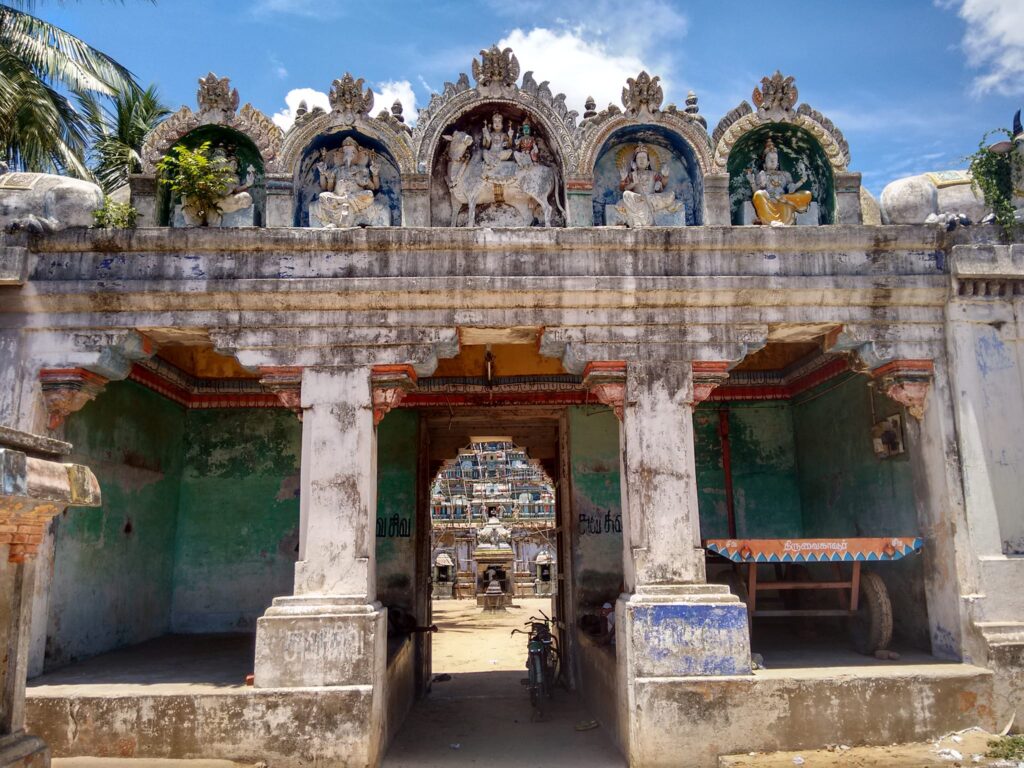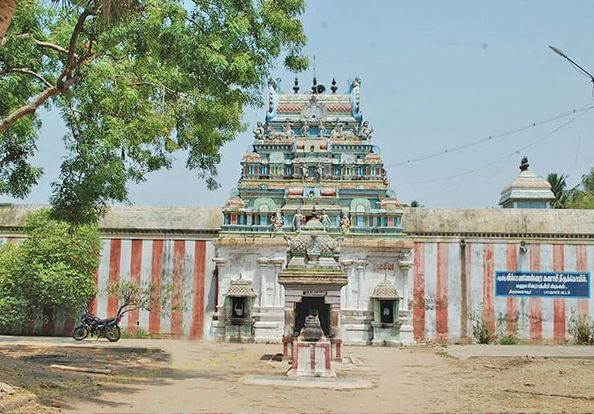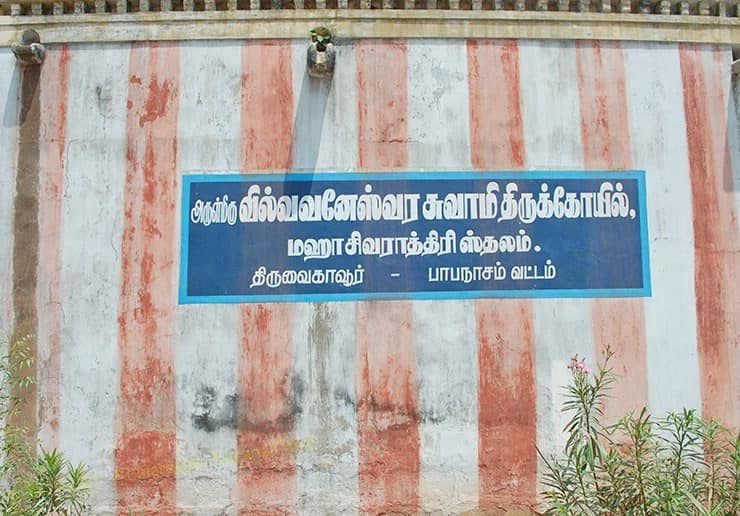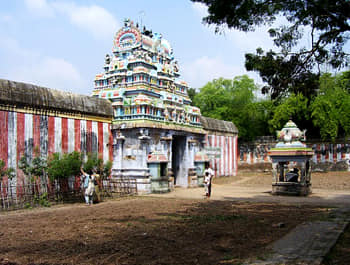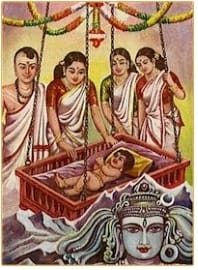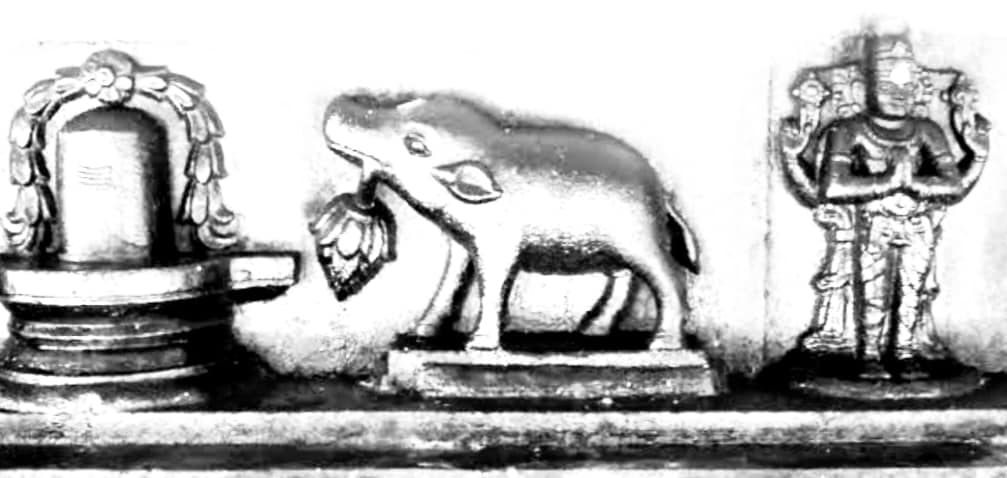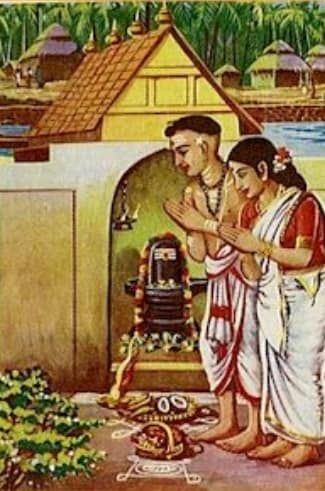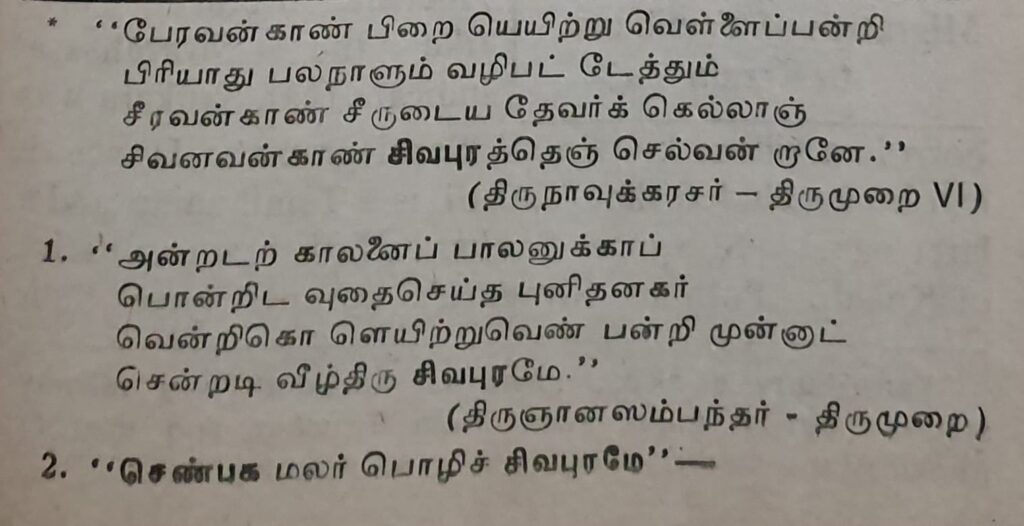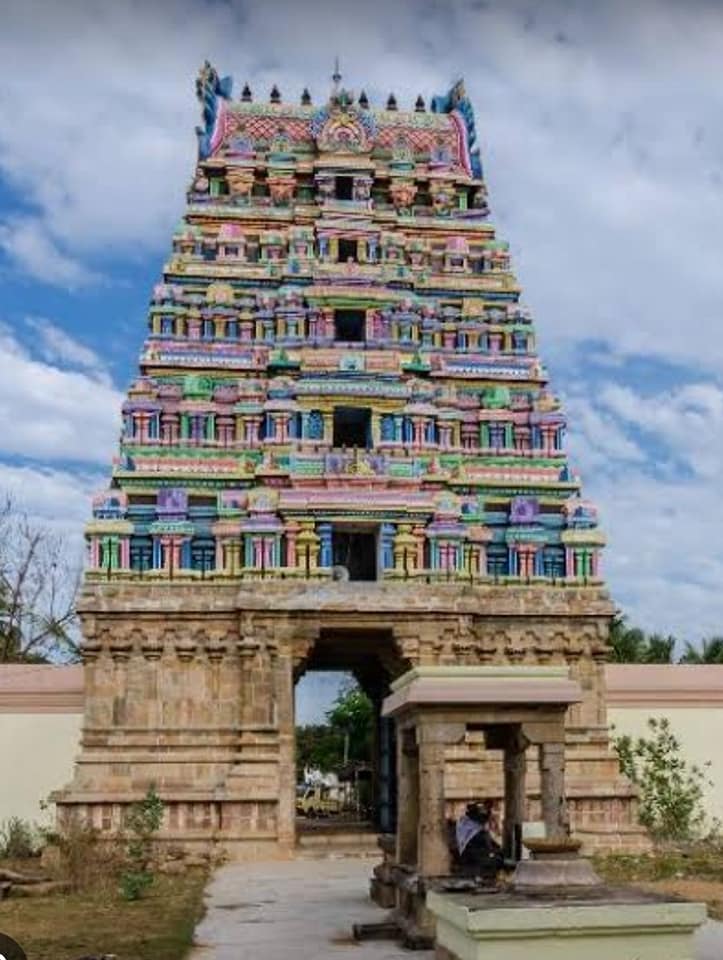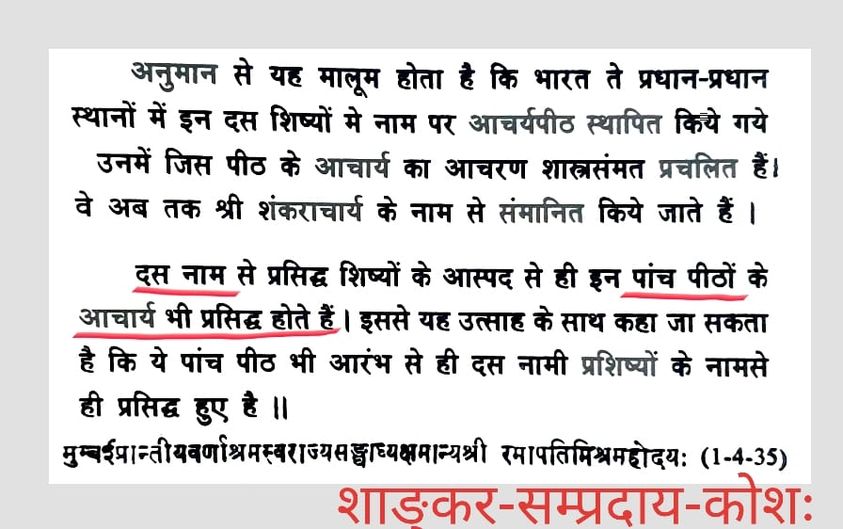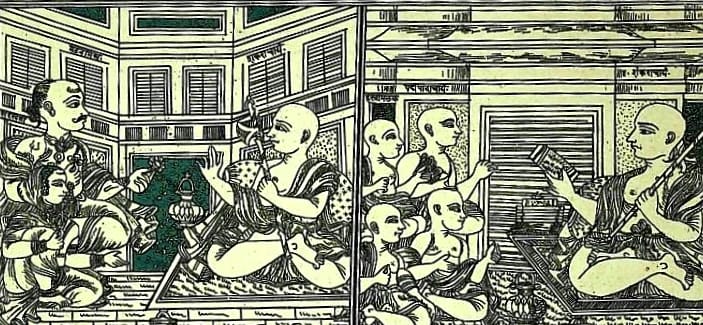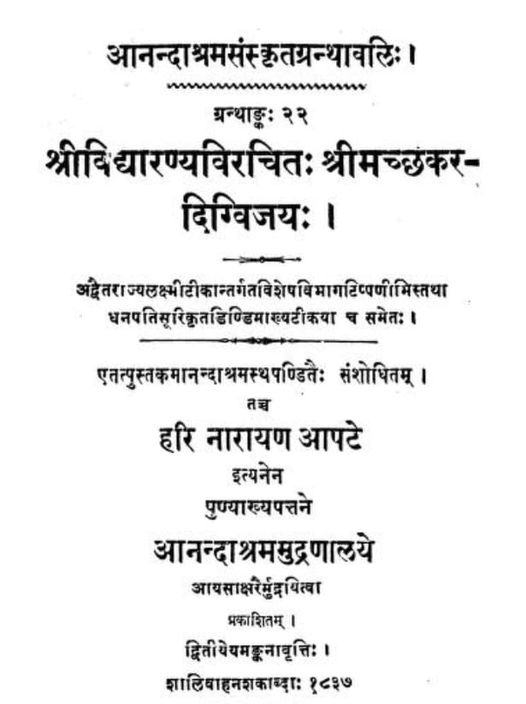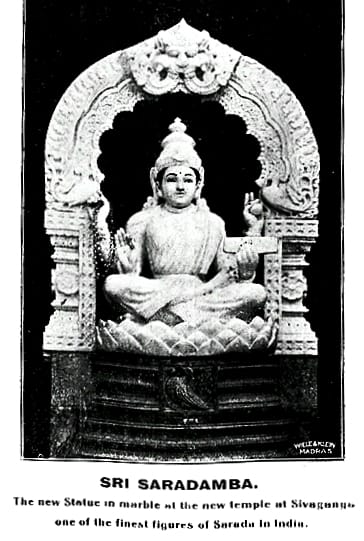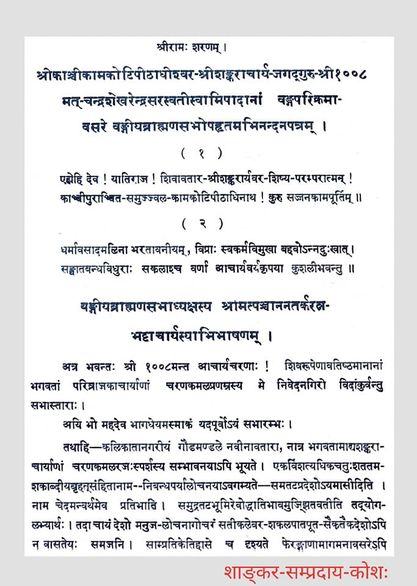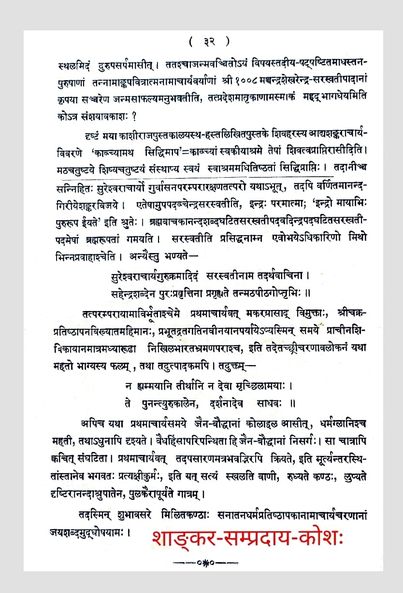25th March 44 B.C : The Birth Date of Sri Sankara Bhagavadpadacharya
Shri B.V.Raman in his book “Notable Horoscopes” has given a categorical statement that the 25th March 44 B.C was the Date of Birth Sri Sankara Bhagavadpadacharya . This according to him was on the basis of the reliable old records (Guruparampara patti) preserved in the Sankarite institution of Karnataka.
In the foot notes to his article on the subject, he says, “A learned Indian scholar who has written a book entitled Life and Teachings of Sankaracharya says that “in all this confusion of evidence it is safe to assume that Sankara flourished some time between the middle of the seventh and the first quarter of the ninth centuries”.
On what grounds he has come to this conclusion has not been made clear. There is no doubt confusion prevails regarding the year of Sankara’s birth but much of it could have been avoided if some of these scholars had taken the trouble to carefully examine all the relevant literature bearing on Sankara’s life and times, free from any prepossessions which are a concomitant of Western education.
A careful study of such authorities as Sankaravijayas of Madhavacharya, Anandagiri and Chidvilasa, Punya-sloka Manjari and the Guru Parampara list preserved in Sringeri Mutt reveals that Sankara was born definitely before Christ and not in the 7th or 8th century A.D. as oriental scholars-Indian and European-have made out.
It looks as though these scholars have confused Adi Sankara with his name-sake Abhinava Sankara who was the Guru of Kamakoti- peetha and the 36th in succession to Adi Sankara.
This Abhinava Sankara, a very learned and pious man, was born in 788 A.D. in the cyclic year Vibhava, solar month Vrishabha, on the 10th day of the bright half. It is said that like Adi Sankara this Abhinava Sankara also toured all over India, held discussions with learned men and conquered them intellec-tually. He died in A.D. 839.
Almost all authorities are unanimous that Adi Sankara was born on Vaisakha Suddha Panchami, at midday.
Suklapaksheshu panchamyam tithyam bhaskaravasave:
Madhyanhechobhijinnama muhurta subha veekshate.
As regards the year, Sukhacharya’s Brihat Sankara Vijaya and Chid- vilasa’s Sankara Vijaya make it clear that Sankara’s birth took place in Kaliyuga 2593, Sunday, Vaisakha Sukla Panchami, in Punarvasu nakshatra, at midday, when the Sun was in Aries, the Moon in Punarvasu last quarter and when Jupiter, Saturn and Mars were in kendras, exalted or in own house, Venus was exalted and Mercury was with the Sun. This date corresponds to 3rd April 509 B.C., the weekday being Monday. Un- fortunately except in regard to the Sun and Mercury, the positions of other planets (the Sun 20°; the Moon 71° 42′; Mars 252° 18′; Mercury 7° 6′ ; Jupiter 225° 30′; Venus 37° 18′; Saturn 338° 12′; and Rahu 41° 18′) do not tally with those suggested in the authorities.
As Prof. B. Suryanarain Rao says: “According to the records of Sringeri Mutt (Guru Parampara Patti) which are well preserved and reliable”, Sankara was born on the 5th day of the bright half of the lunar month of Vaisakha of the cyclic year Eswara in Vikrama 14. This corresponds to 25th March 44 B.C.
I am inclined to give greater weight to the reliability of this date as it is given in the lists preserved by the Gurus of Sringeri, and consequently, there was no chance of their having been tampered with.
Sankara’s Guru was Govindapada, who is said to have begotten by his Kshatriya wife, the great Vikramaditya. Sankara must therefore have lived about the time of Vikramaditya.”


